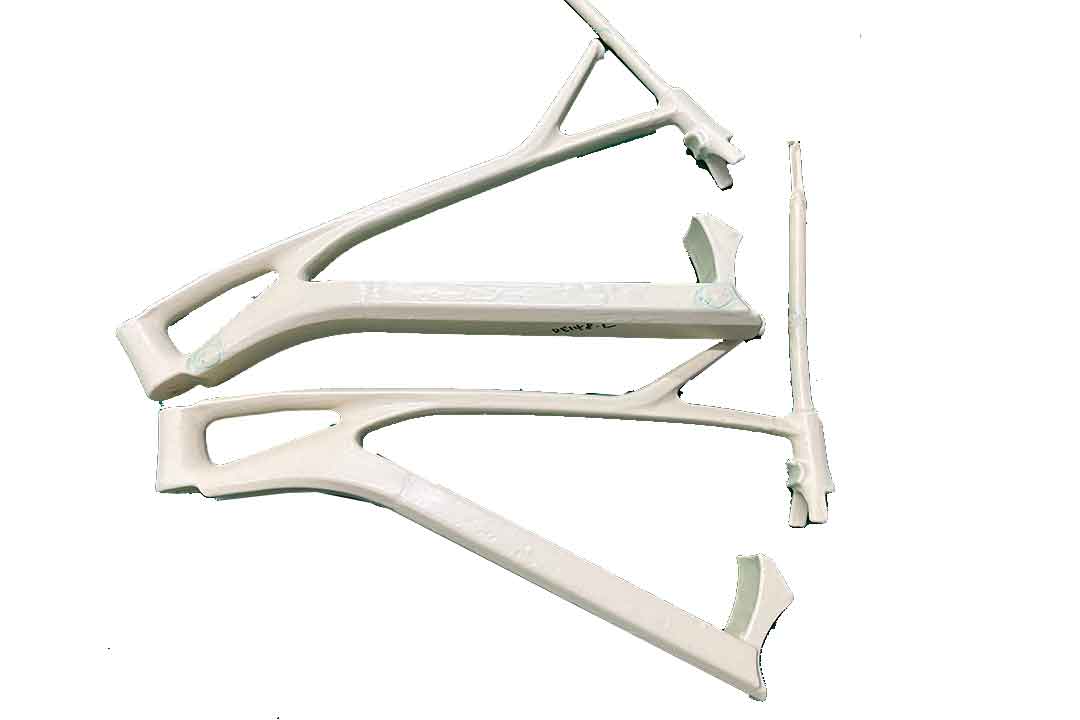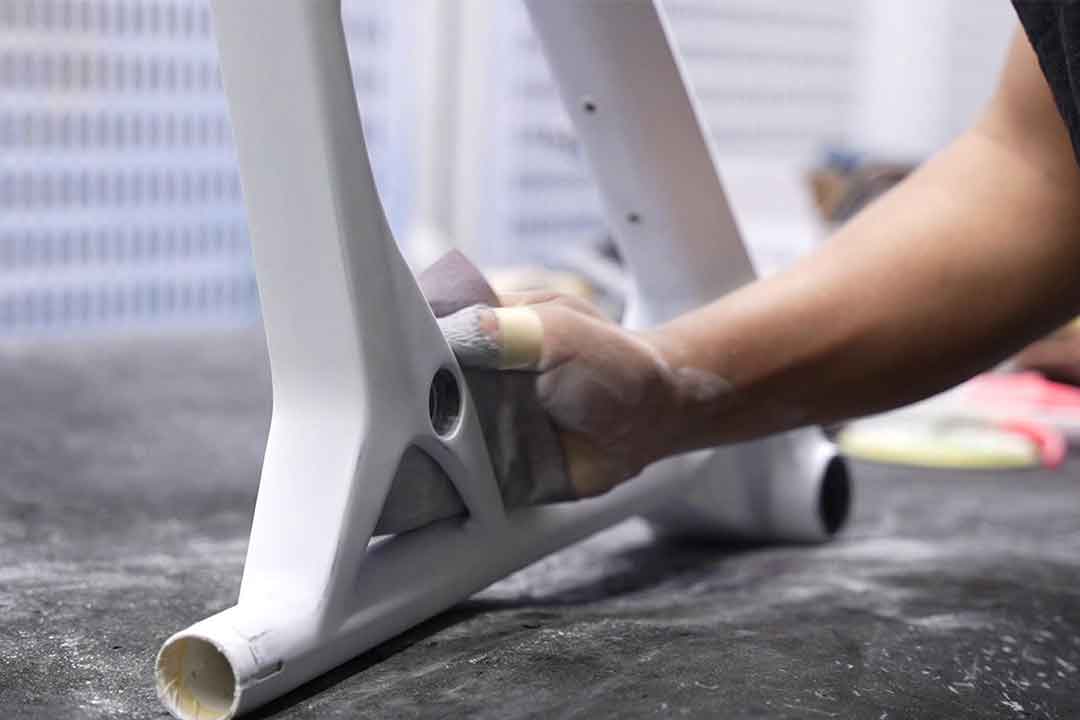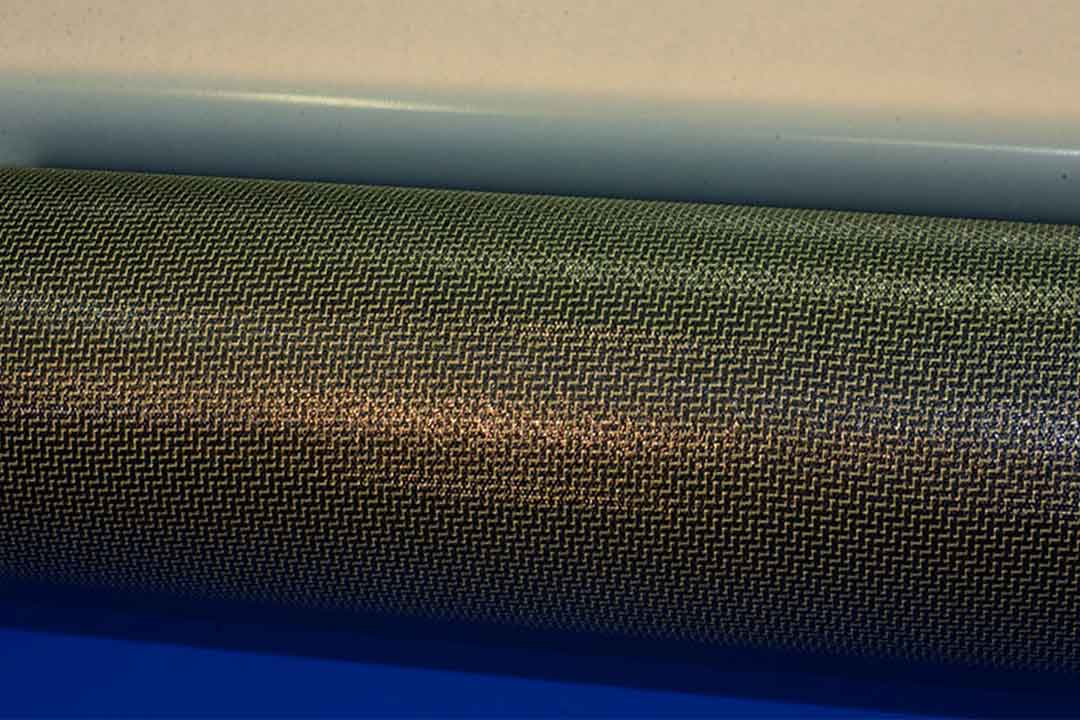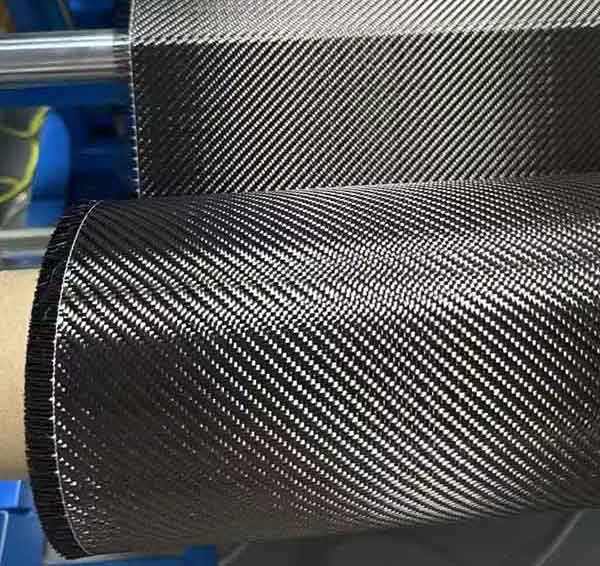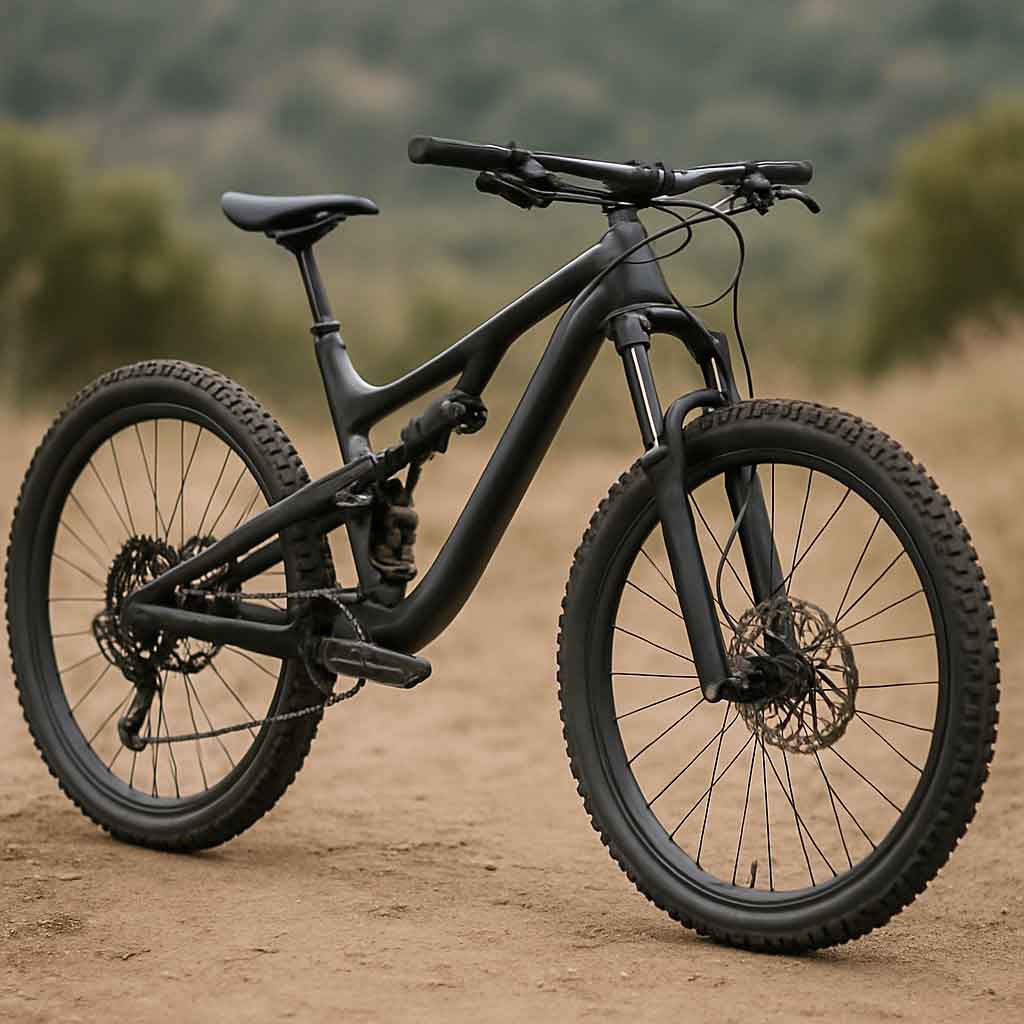Welcome to Mondince Bike - A well-known factory specialized in produce carbon bike frame and other parts since 2007.
Benefits of Carbon Fibre in Mountain Bikes
When it comes to mountain biking, the equipment you choose can make a significant difference in your performance and riding experience. Among the many choices you'll face, one of the most crucial is the material of your bike frame. Today, carbon fiber stands out as a popular option for mountain bikers worldwide. This article will explore the benefits of using carbon fiber in mountain bikes, helping you make an informed decision for your next ride.
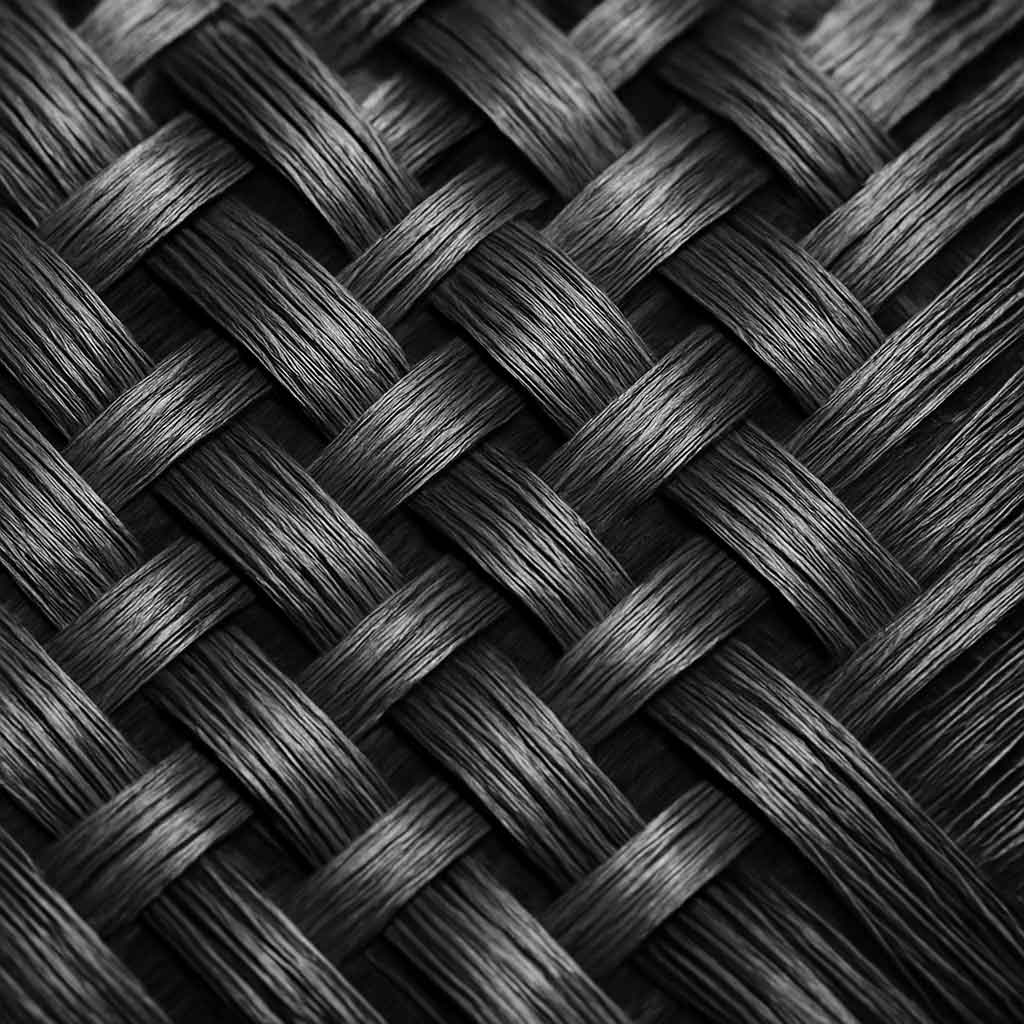
Carbon fiber is a composite material made from thin, strong crystalline filaments of carbon. These filaments are woven together to form a fabric which is then combined with a resin to form a solid structure. The result is a material that is both incredibly strong and lightweight, making it ideal for various applications, including aerospace, automotive, and, of course, mountain bikes.
Why Choose a Carbon Fiber Mountain Bike Frame?
Lightweight Advantage
One of the most significant benefits of carbon fiber is its weight. Carbon fiber mountain bikes are substantially lighter than those made from traditional materials like aluminum or steel. This weight reduction can significantly enhance your biking experience, offering better handling and increased speed, especially on challenging terrains.
Strength and Durability
Despite its lightweight nature, carbon fiber is incredibly strong. It has a high strength-to-weight ratio, meaning it can withstand substantial force without breaking. This quality makes carbon fiber mountain bike frames highly durable, capable of enduring the rough and tumble of mountain biking trails without compromising performance.
Vibration Dampening

Another notable advantage of carbon fiber is its ability to absorb vibrations. When you're riding on uneven terrain, vibrations can travel through your bike, leading to discomfort and fatigue. Carbon fiber naturally dampens these vibrations, providing a smoother ride. This can be particularly beneficial on long rides, where comfort is key to maintaining endurance.
Enhanced Aerodynamics
The design flexibility of carbon fiber allows for more aerodynamic shapes compared to other materials. Manufacturers can mold carbon fiber into complex shapes that reduce air resistance, helping you cut through the air more efficiently. This can provide a competitive edge, especially in races or timed events.
Carbon Fiber MTB: Is It Worth the Investment?
Cost Considerations
Carbon fiber mountain bikes are often more expensive than those made from other materials. However, the benefits they offer can justify the price for serious cyclists. The lightweight nature, strength, and enhanced ride quality of carbon fiber frames can lead to improved performance and a more enjoyable biking experience.
Longevity and Maintenance
While the initial investment may be higher, carbon fiber frames are known for their longevity. They resist corrosion and don't suffer from fatigue like metal frames can. With proper care, a carbon fiber mountain bike frame can last for many years. Routine maintenance is essential, but the durability of carbon fiber often means fewer repairs and replacements over time.
Comparing Carbon Fiber to Other Materials
Aluminum
Aluminum is another popular choice for mountain bike frames due to its affordability and decent strength-to-weight ratio. However, it doesn't match the lightweight and vibration-damping properties of carbon fiber. Aluminum frames can be more affordable, but they may not provide the same level of performance and comfort.
Steel
Steel frames are known for their durability and smooth ride quality. However, they are significantly heavier than carbon fiber and aluminum. While steel is a reliable option for riders who prioritize durability over performance, it lacks the competitive edge that carbon fiber offers in terms of speed and handling.
Titanium
Titanium frames offer a good balance of strength, weight, and comfort. They are more expensive than aluminum and sometimes even carbon fiber. While titanium is a great material, carbon fiber often wins in terms of weight and the ability to customize frame shapes for aerodynamics and performance.
The Future of Carbon Fiber in Mountain Biking
As technology advances, the use of carbon fiber in mountain bikes continues to evolve. Manufacturers are constantly exploring new ways to enhance the properties of carbon fiber, making it even lighter and stronger. This ongoing innovation suggests that carbon fiber will remain a leading choice for mountain bikes in the future.
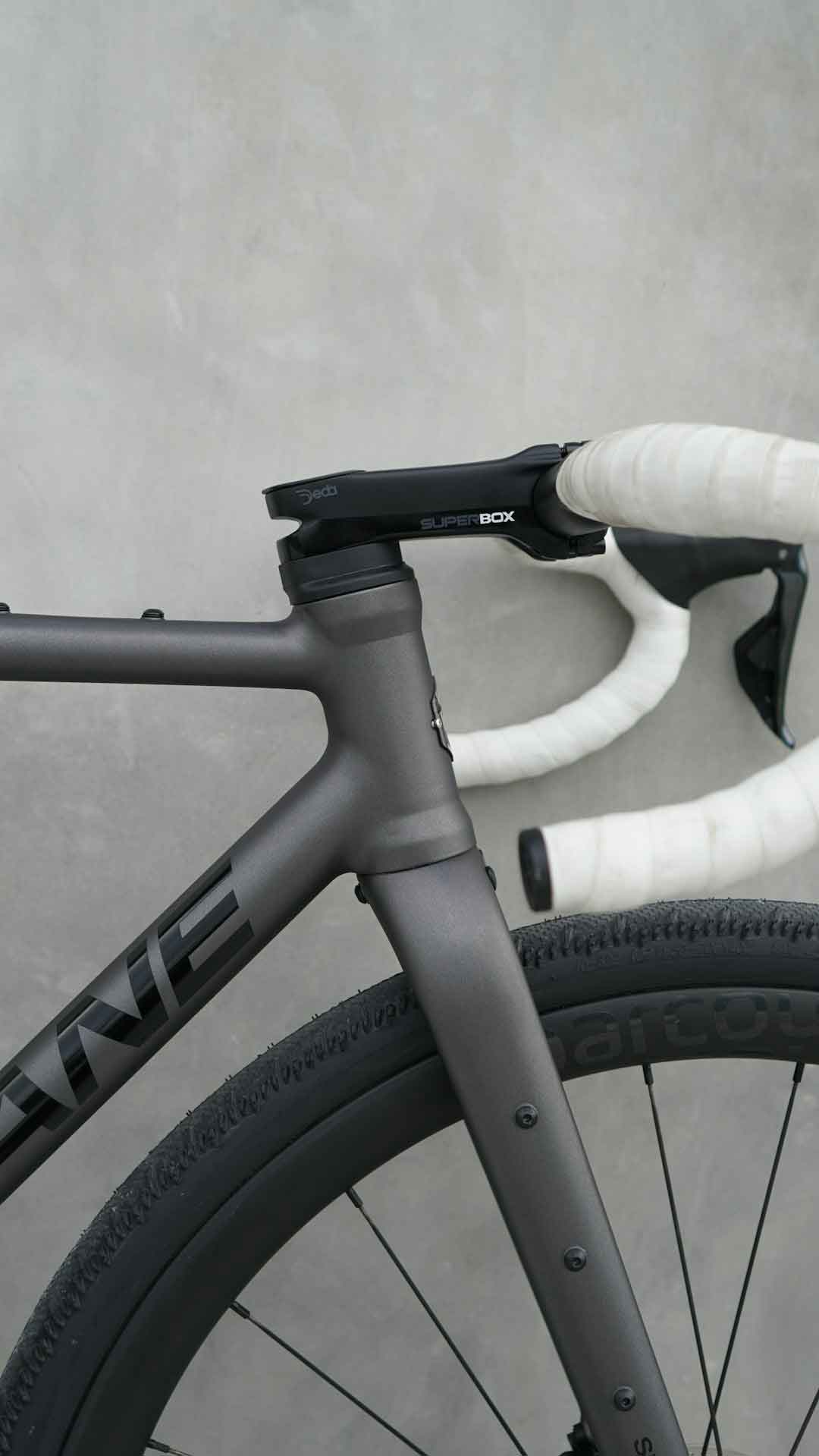
by Acelane Bikes (https://unsplash.com/@acelanebikes)
With improvements in manufacturing processes, we can expect to see more affordable carbon fiber mountain bikes entering the market, making this premium material accessible to a broader audience. Additionally, the environmental impact of carbon fiber production is being addressed, with manufacturers seeking more sustainable practices.
Conclusion
Choosing the right material for your mountain bike is a crucial decision that can impact your riding experience. Carbon fiber offers numerous advantages, including a lightweight design, strength, durability, vibration dampening, and aerodynamic benefits. While the upfront cost may be higher, the long-term benefits and performance enhancements make carbon fiber a worthy investment for serious riders.
Whether you're a professional racer or a weekend warrior, a carbon fiber mountain bike can elevate your riding experience, allowing you to tackle trails with confidence and ease. As you explore your options, consider the benefits outlined here to determine if a carbon fiber mountain bike is the right choice for you.



